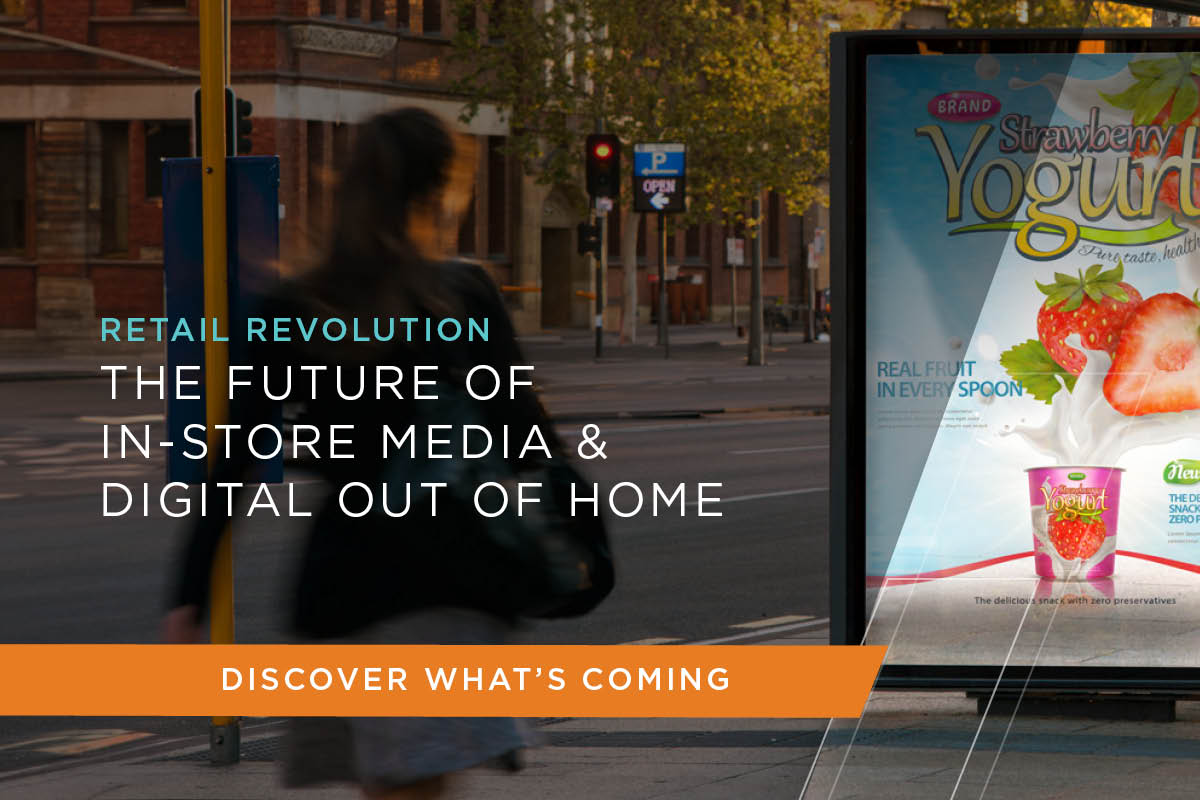Summary
Co-op marketing is an efficient way to engage consumers through a mix of national and local messaging. However, the strategic planning conversations around co-op funding often focus on financial efficiency to the exclusion of whether the campaigns provide brand equity or drive sales in the local markets. But the hyperlocal approach supported by co-op funds can help brands, retailers, and distributors achieve the kind of marketing results everyone wants: more foot traffic, greater awareness, and increased sales.
Hyperlocal Omnichannel Marketing in Action
During the spring-summer selling season, an outdoor power equipment brand approached the team at Valassis to run campaigns supporting its national sales objectives. A national marketing campaign could certainly have helped this brand reach everyone, but potential buyers in metro areas often have different perceptions of products in this category compared with more suburban and rural consumers. Even then, needs vary widely from household to household.
This situation demanded a more targeted solution: an omnichannel campaign — including print and digital ads — customized to the various local markets’ interests and needs. Instead of blanketing the country with a single message about outdoor power equipment, a hyperlocal co-op campaign would segment consumers based on interests that can vary by geographic region, such as gardening, landscaping, and lawn care. Dealers know their customers best, and this approach lets them speak to consumers who share many attributes of their existing clients.
This strategy also took into account which neighborhoods were in the market for agricultural equipment versus homeowners merely looking to do home maintenance and yard work. As a result, the campaign delivered variations of the creative to meet the local dealers’ needs and expectations without sacrificing brand standards or integrity.
Upon launch, this targeted omnichannel campaign outperformed digital-only programs that competitor brands were running at the time. It ended up driving more foot traffic while costing about 15 times less than previously predicted.
It all came down to finding the right mix of messaging, channels, and resources to ensure success. Combined, those three elements can help a hyperlocal dealer-focused campaign appeal to the right consumers in the most relevant way without blowing a brand’s financial investment through the roof.
Getting the Benefits of a Hyperlocal Co-Op Campaign
When done well, co-op-supported marketing campaigns can improve awareness, build equity, and drive sales for brands and retailers alike. But how can you take advantage of this discipline? The following strategies can position you to reap the benefits:
1. Leverage great consumer insights.
A well-rounded collection of consumer insights is key to making a co-op campaign resonate on a hyperlocal level. Capture as much data as possible and update it frequently, making sure to filter and segment into subsets based on your predetermined customer personas. If possible, find a provider that can incorporate even more of these takeaways with your own brand- and retailer-specific findings to improve your targeting capabilities.
2. Work closely with local teams.
To see a localized impact, your team on the ground needs to have everything it needs to make sure the campaign gains traction. A great co-op program enables an omnichannel campaign with touchpoints that engage target consumers on the platforms that best appeal to them, whether it’s via traditional print ads, digital media buys, or even TV. But that has to be supported in the local community with in-store signage, marketing material, and other merchandising support to see the full potential of the hyperlocal co-op approach.
3. React and adjust in real time.
A hyperlocal campaign is not a “set it and forget it” endeavor. Your consumers aren’t standing still, and neither should your campaign. Your co-op marketing campaign should be able to read and react to dynamic in-market consumer signals. For example, if someone clicks on an ad — a signal of intent — your campaign needs the flexibility to assess and respond.
Beyond that, timing is rarely consistent across all markets. For example, the back-to-school season varies from state to state; this means a campaign may need to launch at different times across the country. And as far as the creative goes, you’ll need to strike a balance between brand and retailer. It must be congruent with your brand’s established identity while still representing the dealer’s look and feel. Not allowing your channel partners to promote themselves is a surefire way to create complications or cause people to abandon a co-op campaign.
When properly executed, a co-op marketing partnership between a brand and its local affiliates can bring out the best of hyperlocal and widespread campaigns. Valassis can step in as that collaborator, providing your brand with the expertise and automated tools necessary to drive successful results — and an easy path for your channel partners to reach their ideal consumers.
Click here to learn more about what we provide and how you can incorporate it into your own campaign.
Need to improve the ROI of your co-op marketing program? This series provides a step-by-step guide to help you actualize your co-op marketing objectives. Click through for more details on how performance can help the partnership grow, where a full-funnel approach might fit in, when to provide advice to a retail partner, and how to uncover insights for campaign success.
Jill Addy Wright is the director of sales for the Channel Co-op Solutions team at Valassis. In her role, she utilizes her 20+ years of experience in the unique niche of co-op advertising to work with a wide array of brands, retailers, and local dealer channels to reach and engage their target market.



